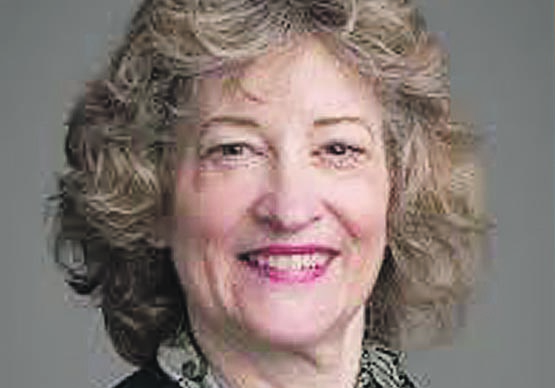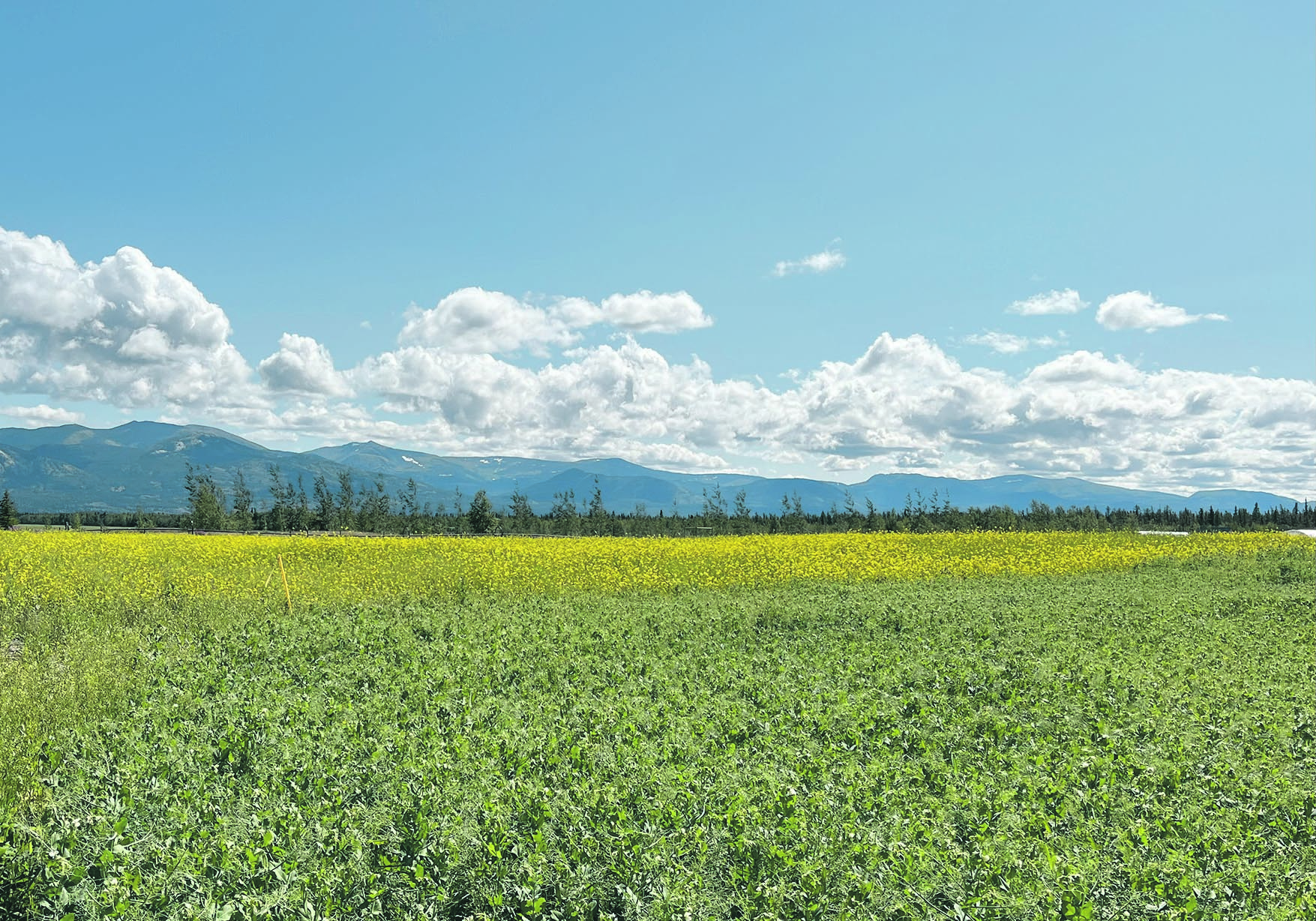Senator Pat Duncan has championed farming in the territory, arguing the sector has improved food self-sufficiency
WHITEHORSE — Senator Pat Duncan was on the Senate agriculture committee for only a short time but made sure she used it to put the Yukon on the agenda.
The committee was studying soils at the time and released its report, Critical Ground, in June.
“My contribution there was ensuring that there was an awareness of the Yukon, and I actually lobbied for Dr. Chris Burn to do a presentation on permafrost and the impact of melting permafrost,” she said in an interview during the Canadian Federation of Agriculture’s summer meeting.
Read Also

Pakistan reopens its doors to Canadian canola
Pakistan reopens its doors to Canadian canola after a three-year hiatus.
“And honestly, after his presentation, the senators around the table, their jaw just dropped as to what the impact was and they followed up in various conversations.”
The result is the recommendation in Critical Ground to establish a national permafrost assessment program.
Permafrost is ground or soil that stays frozen for at least two years. It underlies the soil throughout all three Canadian territories but is found sporadically in the agricultural area around Whitehorse.
The risk of melting permafrost is that ground will become waterlogged and sink or shift. Agricultural land could be unsuitable for cultivation, and the hydrology system on a large scale will be affected.
“The effects from thawing of ice in the ground are one of the risks northern farmers assume,” Burn, a geography professor at the University of Carleton, told the committee.
Still, the sector continues to grow in the territory.
Duncan has long been a champion of Yukon agriculture since her family moved there in 1964.
At the same time, the Tait family moved to Haines Junction, where Rod Tait operated the Pine Creek Experimental Farm. His funding was cut a few years later after the federal government decided there was no agricultural potential in the area. Tait went on to establish a successful farm on his own.
“They were very dear friends of mine, and so I had an understanding and a close relationship with the farm,” she said.
Her family and others grew gardens, and Duncan watched the change happen as she went on to become a civil servant, an MLA for 10 years and premier from 2000-02.

“I grew up here. Our groceries came up on the highway on a truck, and now in the grocery store I can buy Yukon potatoes from Yukon Grain Farm, and the Little Red Hen eggs. To go into that grocery store and see Yukon grown … you can’t underestimate the importance of that.”
Duncan said Yukoners know those trucks won’t be arriving in Whitehorse when there is a forest fire in northern British Columbia or a bridge is washed out. They used to have to go to the grocery store and stock up on essentials as soon as that happened.
Now they can go to the store and be certain they can get local milk and butter, vegetables and more.
She said First Nations have always known what berries can be used for food and medicine, but there is now so much diversity in local production.
“There’s a canola field just north of Whitehorse that is beautiful,” she said.
“This type of thing is new, and it’s an opportunity presented by the very real threat of climate change.”
The growing season in the Yukon has changed.
Randy Lamb, an agrologist with the Yukon government, told the Senate committee that Yukoners produce four to seven per cent of the food they eat. The opportunity of climate change is real but risky.
“Over the last 50 years, the growing season in Whitehorse, in southern Yukon, has increased by one week, and in the last 50 years it’s increased by two weeks in central Yukon,” he said.
That shift is expected to continue, but could be undermined by melting permafrost.
Duncan said the solution to climate challenges will be found in collaboration. Farmers from across Canada who met with Yukon farmers last month provided valuable advice, but they also took home first-hand knowledge of the complexities of northern farming.
“It’s not any one person’s problem to solve,” she said.
“What we’ve seen too often is the politics of polarization. When you get farmers in a room and find out they all have the same issue, we start working together.”
















